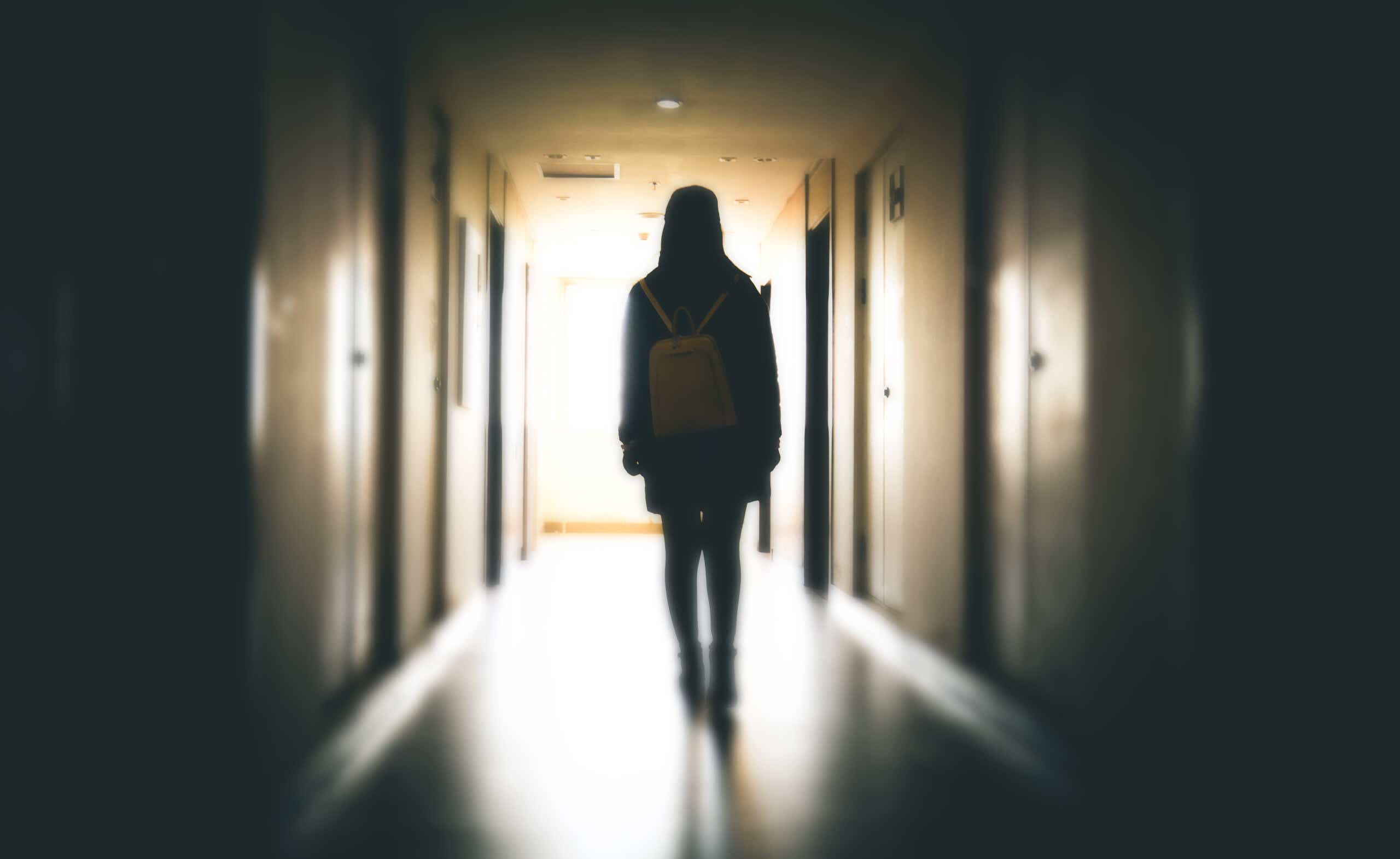Last week, the CDC released a disturbing report showing that teenage girls across the United States are “engulfed in a growing wave of violence and trauma.” The 89-page dossier compiled responses from 17,232 American students, and revealed an alarming disparity between girls’ and boys’ experiences — with girls experiencing more than twice as much poor mental health as boys.
“As a parent to a teenage girl, I am heartbroken. As a public health leader, I’m driven to act,” the CDC’s chief medical officer, Dr. Debra Houry, said upon the report’s publication.
We’ve broken down the CDC’s key findings, and how experts are accounting for this horrifying trend, below.
What the report says
Nearly 1 in 3 high school girls seriously contemplated suicide in 2021, representing a nearly 60 percent increase since 2011. In addition, 57 percent said they feel “persistently sad or hopeless.” Girls were more than twice as likely to have experienced such feelings as boys, and LGBTQ students were particularly vulnerable.
“Close to 70 percent of LGBQ+ students experienced persistent feelings of sadness or hopelessness during the past year and more than 50 percent had poor mental health during the past 30 days,” the report reads. Almost 25 percent attempted suicide during the past year.”
More than 40 percent of high school students felt so sad or hopeless that they weren’t able to partake in usual activities like schoolwork or sports for at least two weeks out of the year.
A varied experience
Racial differences in students’ experience are decreasing, but some differences remain. Black students are less likely to consume alcohol, but more likely than Asian, Hispanic, or White students to use marijuana. White students were more likely to use certain illicit drugs and misuse prescription opioids than other groups. Black students were less likely than most other groups to experience bullying at school.
White students were more likely than students from some other racial or ethnic groups to experience sexual violence, but American Indian or Alaska Native youth were more likely than most other groups to experience forced sex.
Female students, students of color, LGBQ+ students, and students who had any same-sex partners were least likely to feel connected at school, indicating that there’s less protection for these groups in educational environments.
Why the gender difference?
Commentators have already weighed in with potential explanations, from the rise in social media, to changes in the way we parent, to the pandemic, to political instability — but the report highlighted one major aggravating factor up top.
“Almost 20 percent of female students experienced sexual violence by anyone during the past year and 14 percent had ever been physically forced to have sex,” it said. In 2019, the figure stood at 11 percent.
Kathleen Ethier, director of the CDC’s Division of Adolescent and School Health, said that an increase in sexual violence towards girls almost certainly contributed to the alarming spike in their depressive symptoms. “If you think about every 10 teen girls that you know, at least one and possibly more has been raped, and that is the highest level we’ve ever seen,” she said. “We are really alarmed.”
During Monday’s briefing, Houry recalled an occasion when she was working as an emergency room doctor, and treated a female student who’d been raped.
“She was embarrassed and thought she hadn’t done enough to stop it,” Houry said.
Psychologist Richard Weissbourd, a senior lecturer at Harvard’s Graduate School of Education, told The Washington Post that the reason behind the disparity between girls and boys is likely multifold, encompassing complex interactions between class, ethnicity, race, and access to mental health resources.
Nevertheless, he noted that “girls are more likely to respond to pain in the world by internalizing conflict and stress and fear, and boys are more likely to translate those feelings into anger and aggression.”
Boys are more likely to “mask depression,” he explained, while girls may be more vulnerable to the negative effects of social media and “a culture obsessed with attractiveness and body image.”
What’s to be done?
Ethier said that we need to determine who is perpetrating the violence against teenage girls — something the survey doesn’t address — and how it can be stopped.
Heather Hlavka, an associate professor of criminology and law studies at Marquette University, noted that the pandemic saw a rise in domestic violence. This may have aggravated the rates of sexual assault on teenage girls — as might an increase in peer violence and dating violence.
While the CDC report doesn’t include data on who’s responsible, Hlavka told The Washington Post that research needs to target this area. “It’s really important to disentangle the relationships between the perpetrators and the victim-survivors to better understand the reasons why,” she said.
Anna King, president of the National PTA, suggested last week that schools need to step up in addressing the crisis. “We suggest that our schools start by educating their staff and their families on what mental health is, what supports are available and how they can access their services,” she said. She added that Congress needs to provide more funding to treat kids who’ve suffered trauma.
Julie Cerel, a licensed psychologist and director of the Suicide Prevention & Exposure Lab at the University of Kentucky, who was not part of the CDC’s report, told NBC News that it’s more complicated than that.
“It’s a lot to ask schools with teachers who are underpaid and not necessarily trained” to address the wave of mental health problems, she said. “What we’ve been doing hasn’t been working.”









